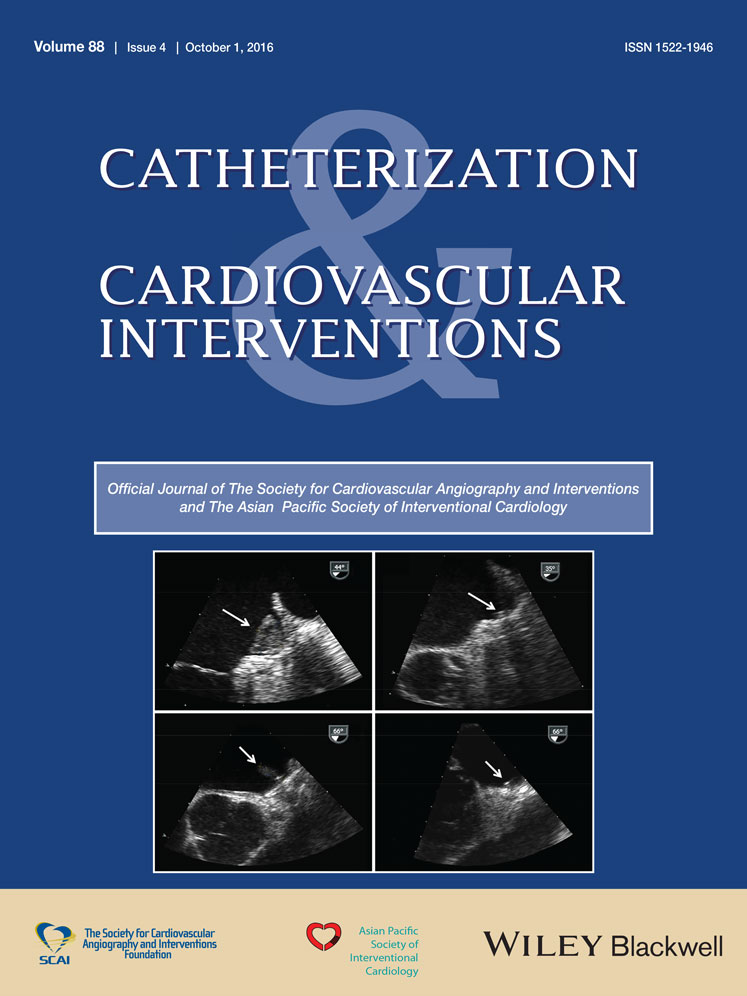Valvular and Structural Heart Diseases
Paravalvular Leaks: One Size (or Shape) Doesn't Always Fit All?
Conflict of interest: Nothing to report.
Key Points
- Paravalvular leak (PVL) remains as uncommon but serious complication after surgical prosthetic valve implantation.
- PVL when associated which congestive heart failure, hemolytic anemia, or infective endocarditis may require percutaneous treatment. High-surgical risk is common in this population.
- Dedicated PVL devices are lacking often limiting optimal treatment.




